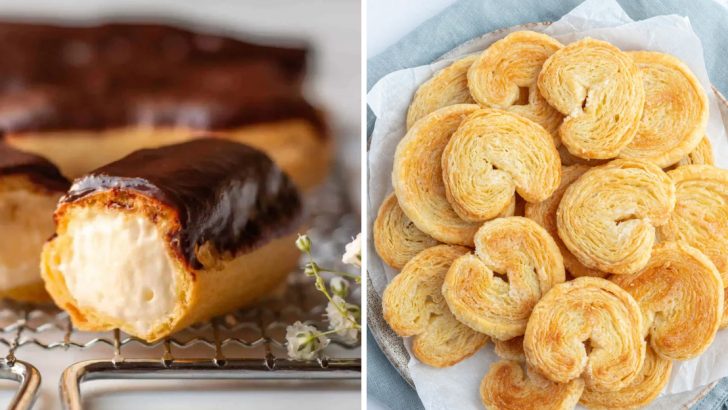French pastries might seem intimidating with their fancy names and picture-perfect appearances. But guess what? Many classic French treats are totally doable in your own kitchen with basic ingredients and simple techniques.
I’ve rounded up 20 French pastry stars that don’t require a culinary degree—just a little patience and a sweet tooth. Ready to bring a bit of Parisian bakery magic to your home?
1. Croissants
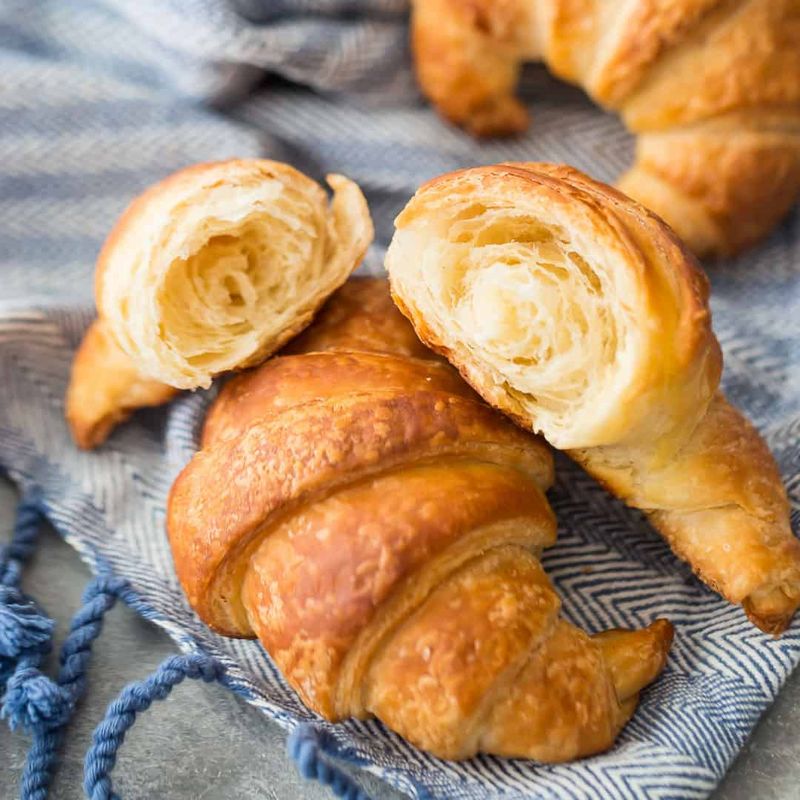
Nothing beats the symphony of shattering, paper-thin layers when you bite into a homemade croissant. The secret? Lamination—folding butter into dough repeatedly until you’ve created dozens of delicate sheets that puff dramatically in the oven.
Most home bakers freak out at the thought, but here’s the truth: your first batch won’t be bakery-perfect, and that’s fine! Start with quality butter (the higher the fat content, the better) and keep everything cold.
2. Madeleines
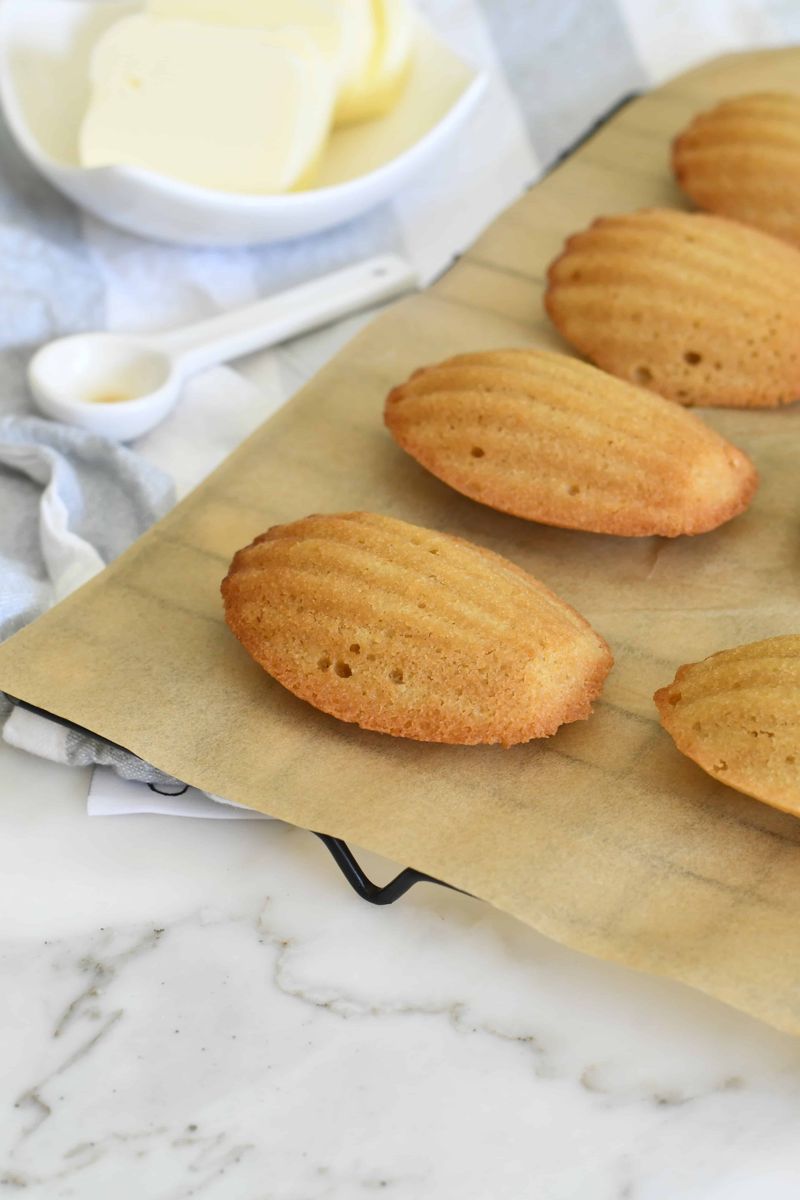
Marcel Proust made these little shell-shaped cakes famous when he wrote about how a single bite transported him back to childhood. You’ll need a special pan, but the recipe itself couldn’t be simpler—basically a genoise cake batter with brown butter for that nutty depth.
The trademark hump on a madeleine’s back isn’t just for show—it’s your badge of honor! To achieve it, chill the batter before baking and start with a hot oven.
3. Éclairs
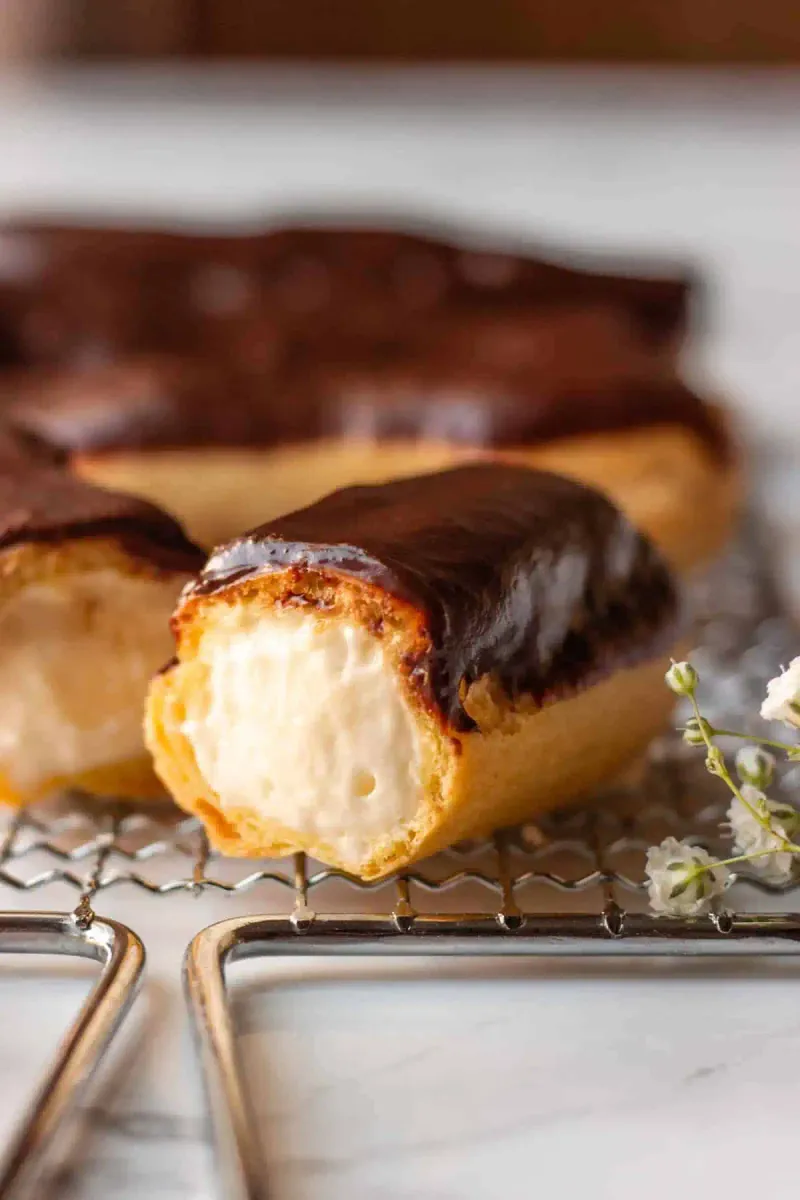
Forget what you think you know about éclairs from grocery stores. Real French éclairs are game-changers—crisp choux pastry tunnels filled with silky pastry cream and topped with glossy chocolate. The choux dough seems fussy but actually forgives mistakes beautifully.
My pro tip? Pipe the dough using a star tip rather than round—those ridges help the pastry expand more evenly. And don’t open that oven door while baking or your éclairs will deflate faster than a popped balloon!
4. Tarte Tatin

Born from a kitchen mishap when the Tatin sisters accidentally baked their apple pie upside-down, this caramelized wonder proves that some mistakes deserve gold medals. The magic happens when apples bathe in bubbling butter and sugar until they surrender into amber-hued tenderness.
Choose firm apples like Granny Smith or Honeycrisp that won’t disintegrate during the long caramelization. Pack them tightly—they’ll shrink more than you expect!
5. Crêpes
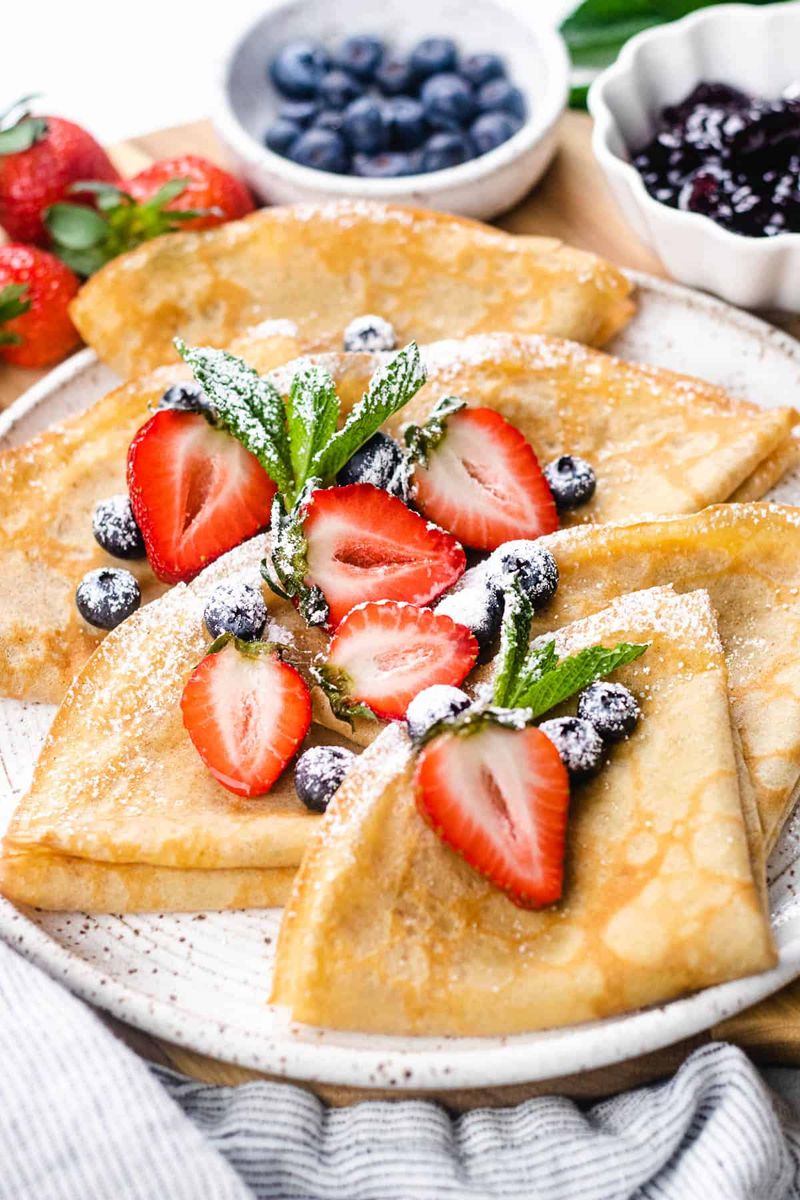
French crêpes might be the country’s most accessible pastry export—essentially fancy pancakes that anyone with a frying pan can master. The batter needs nothing more exotic than flour, eggs, milk, and a rest period (patience pays in pastry).
First-timers always make the same mistake: too much batter in the pan. Remember, crêpes should be tissue-paper thin! That first crêpe? Consider it a sacrifice to the crêpe gods—it almost always fails.
6. Financiers
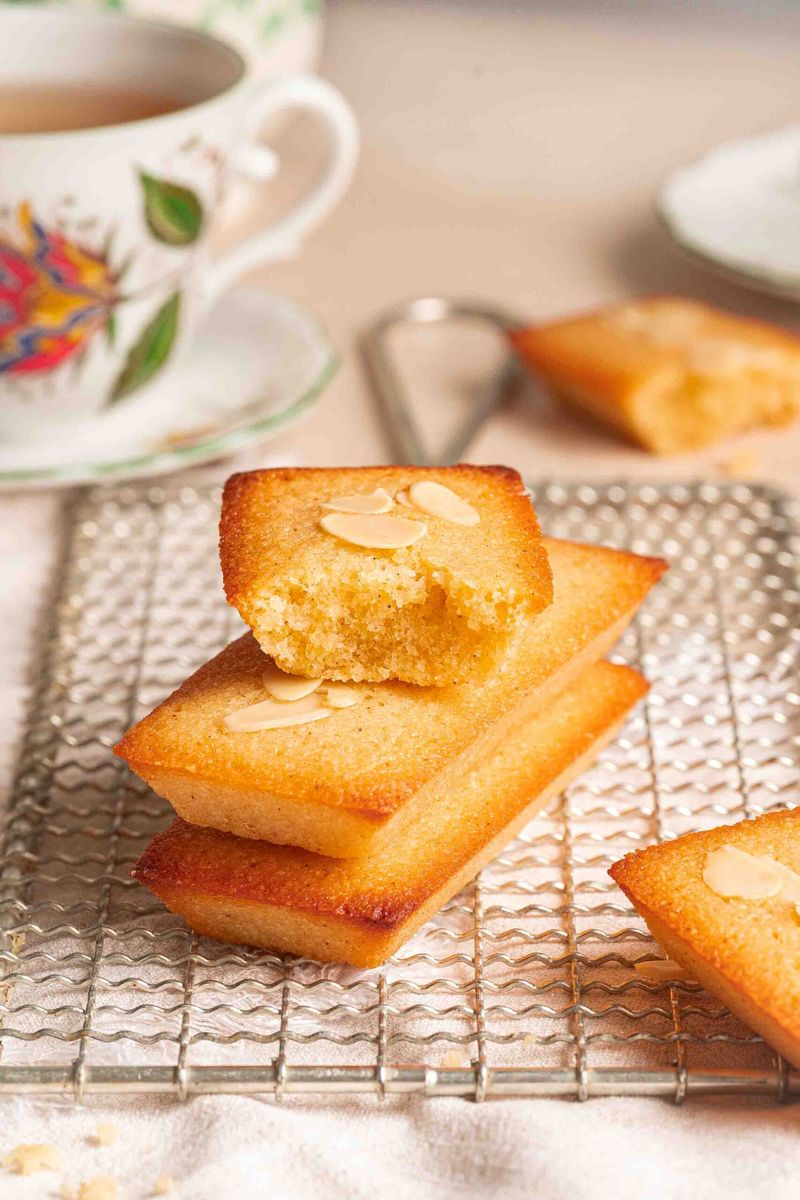
Named after gold bars because of their traditional rectangular shape and golden color, financiers pack more flavor per square inch than pastries twice their size. These almond-brown butter cakes have crisp edges and squidgy middles that make them irresistible.
Brown butter (or beurre noisette if you’re feeling fancy) gives financiers their distinctive hazelnutty flavor. Watch that butter like a hawk—it goes from perfect to burned in seconds!
7. Palmiers
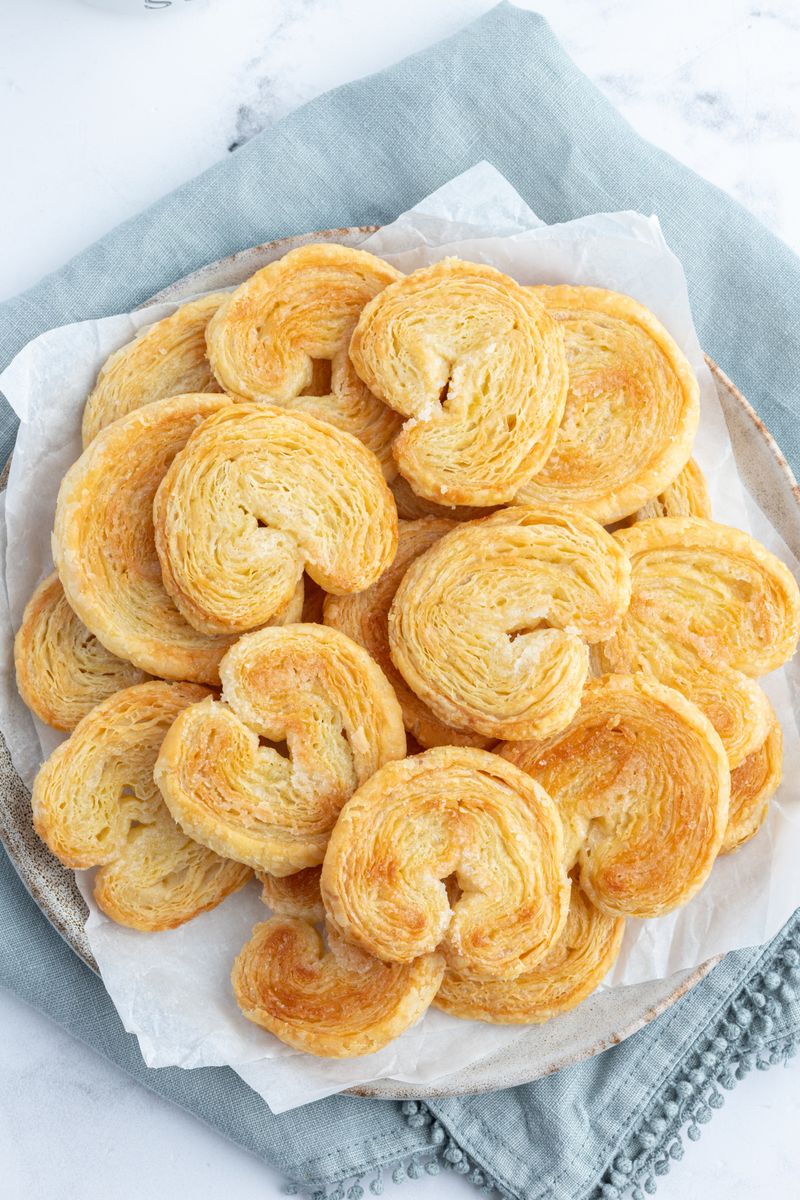
Called “elephant ears” or “palm hearts” depending on who you ask, palmiers might be the easiest French pastry for beginners. The secret weapon? Store-bought puff pastry—because even French bakers know when to take shortcuts!
Rolling these is pure therapy: spread sugar, fold the edges toward the center, fold again, chill, slice, and bake. The transformation in the oven is where science meets magic—the sugar caramelizes while the pastry puffs, creating those signature crispy, shattery layers.
8. Paris-Brest
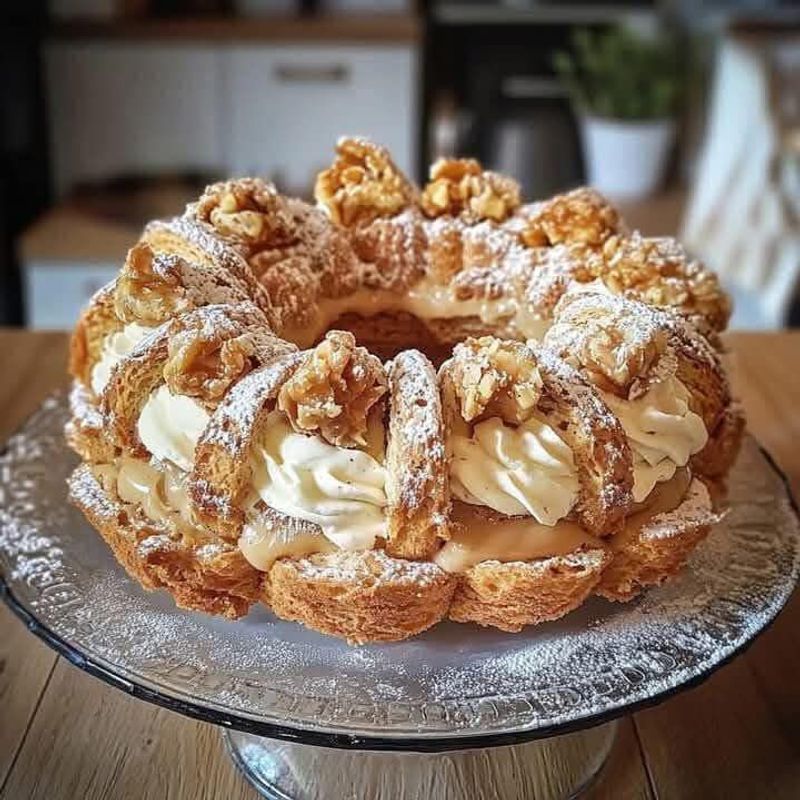
Created to honor a bicycle race between Paris and Brest, this wheel-shaped pastry rolls circles around ordinary desserts. Ring-shaped choux pastry split and filled with praline mousseline cream—it’s basically a fancy cream puff with serious style points.
The praline cream filling deserves your attention: caramelized hazelnuts and almonds ground into a paste then folded into buttercream. Skip shortcuts here; this filling makes or breaks the dessert.
9. Religieuse

Resembling a plump little nun in a habit (hence the name), the religieuse stacks two choux buns of different sizes, filled with pastry cream and covered in glossy fondant. It’s essentially cream puffs playing dress-up at fashion week.
Assembly requires steady hands and patience. The traditional piped collar of buttercream between the two puffs isn’t just decorative—it’s structural engineering that keeps everything together while adding another texture dimension.
10. Pain Aux Raisins
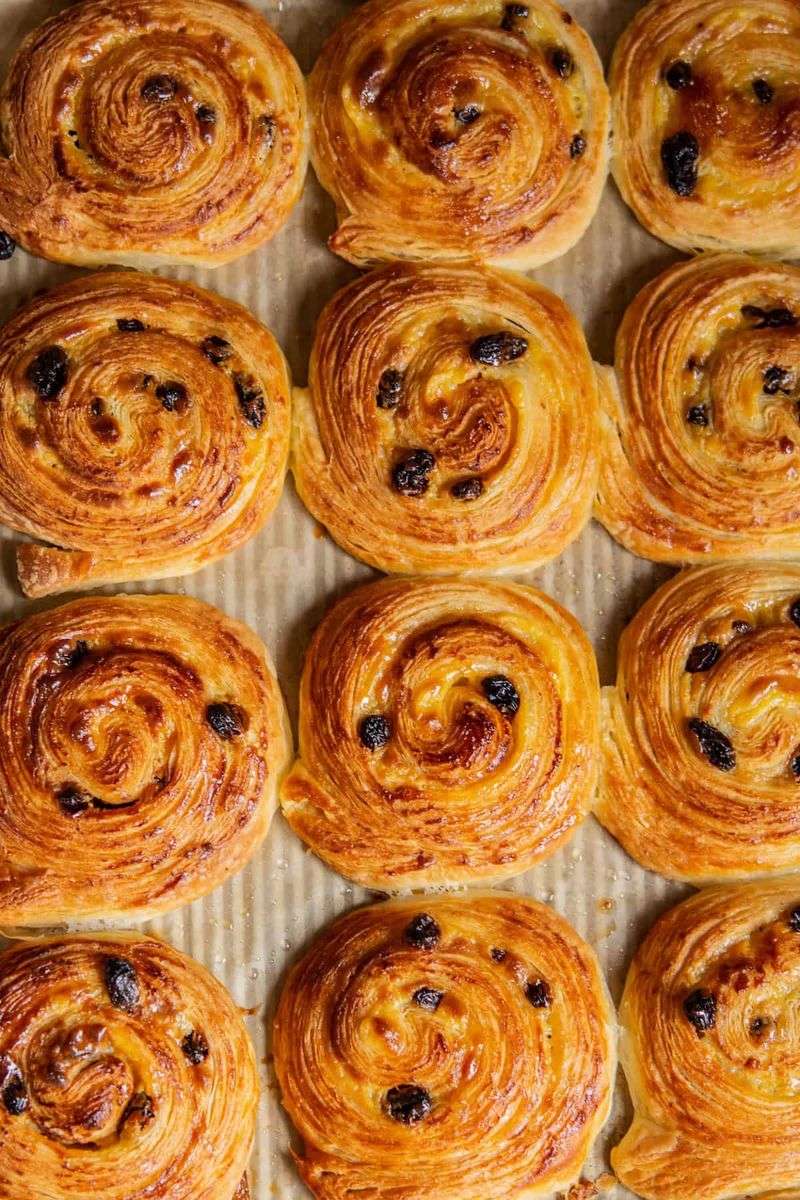
Often overshadowed by its cousins croissant and pain au chocolat, pain aux raisins deserves its moment in the spotlight. These hypnotic spirals cradle rum-soaked raisins and vanilla pastry cream within their buttery coils.
The dough uses the same lamination technique as croissants, but the spiral shape creates more surface area for caramelization. Each bite alternates between crisp outer edges and tender, custard-soaked inner layers.
11. Galette Des Rois
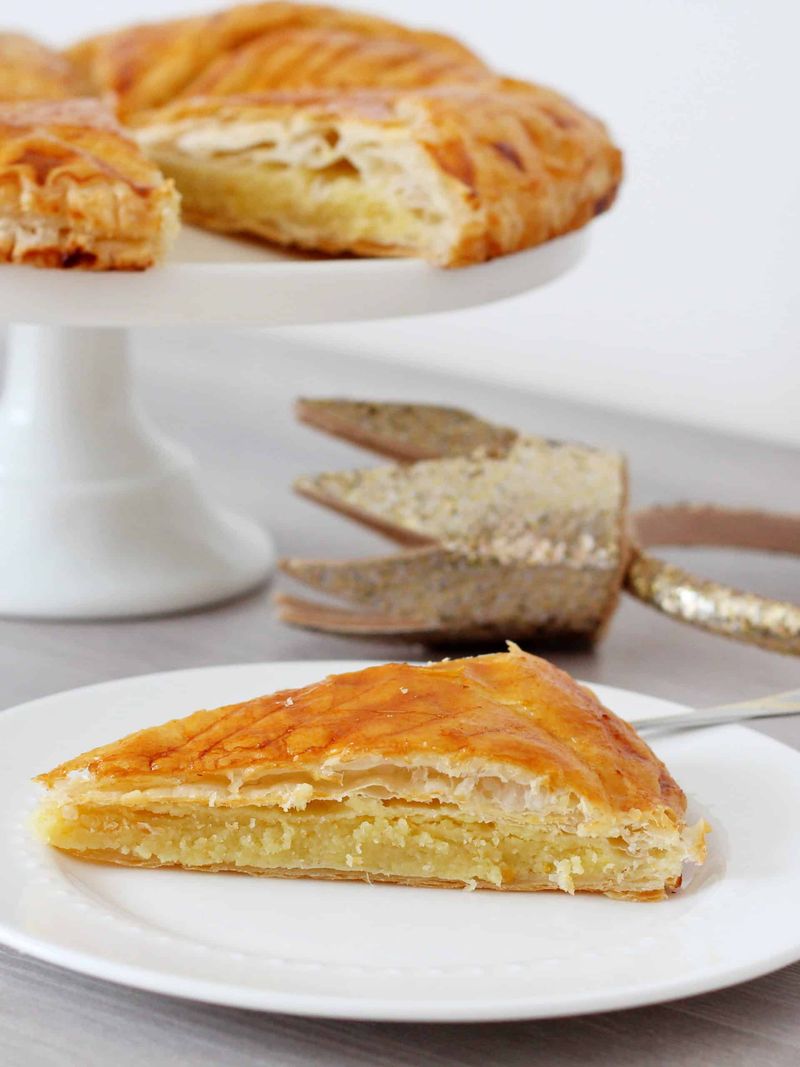
Traditionally eaten on January 6th to celebrate Epiphany, this “King’s Cake” hides a secret charm inside—whoever finds it becomes king or queen for the day. Two circles of buttery puff pastry sandwich an almond cream filling (frangipane) that puffs dramatically in the oven.
The distinctive crosshatch pattern scored on top isn’t just pretty—it helps control how the pastry rises. Don’t press too deep or you’ll cut through completely!
12. Cannelés
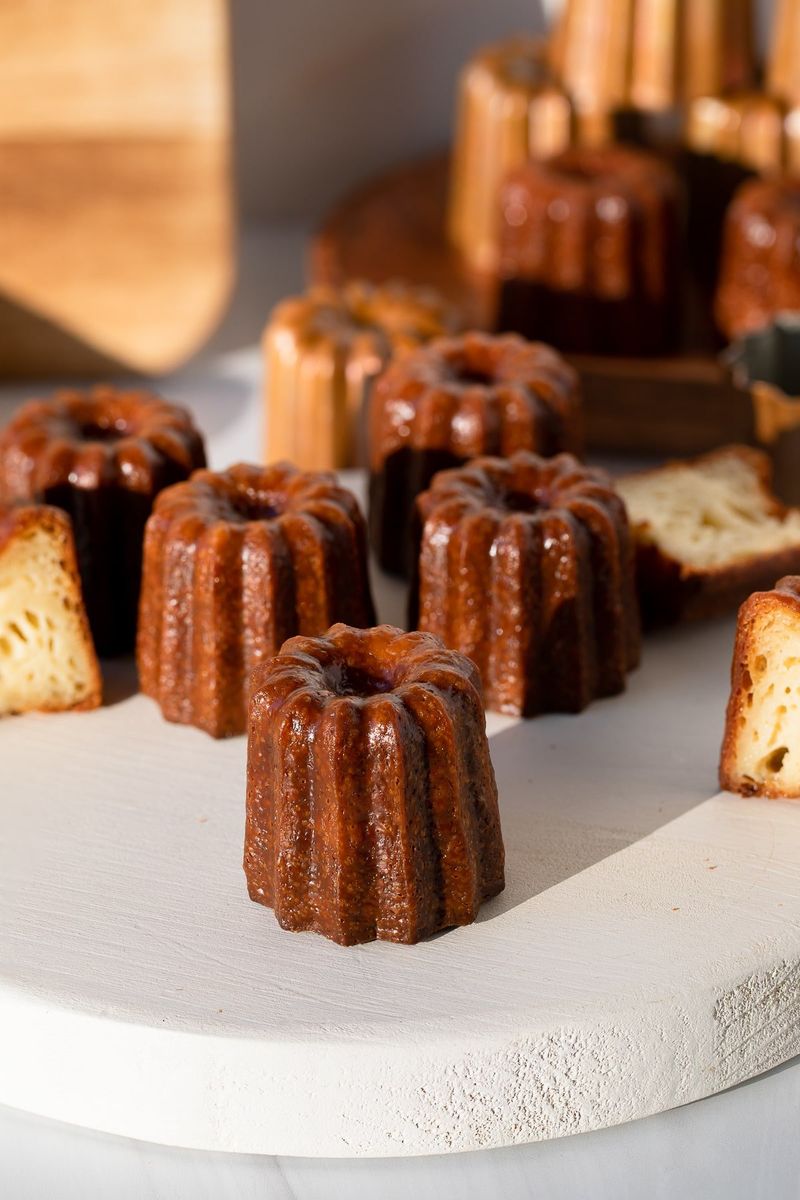
From Bordeaux comes this study in contrasts—cannelés sport nearly-black caramelized exteriors hiding custardy, rum-perfumed centers. The traditional copper molds conduct heat so intensely that the outside caramelizes while the inside remains soft and tender.
Silicon molds work for beginners, but they’ll never achieve that signature glassy exterior. The secret weapon in authentic recipes? Beeswax mixed with butter to coat the molds, creating that lacquered finish.
13. Kouign-Amann
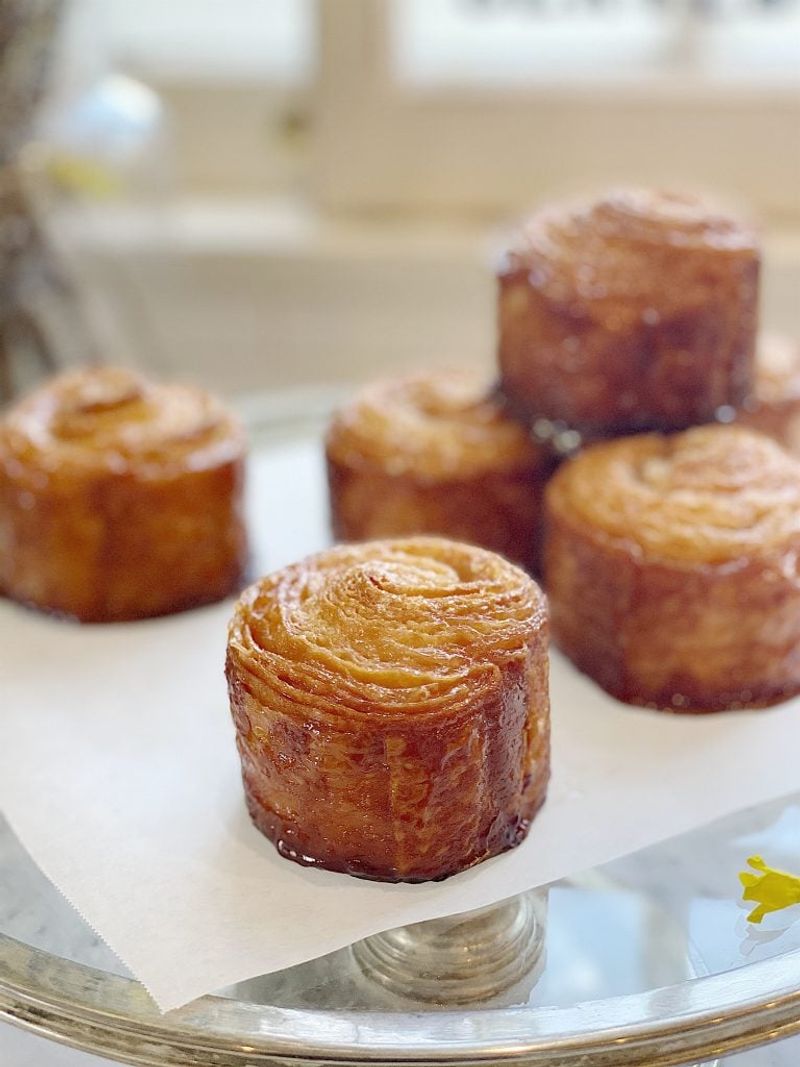
Pronounced “queen-ah-mahn,” this Breton pastry might be the most indulgent thing you’ll ever bake. Imagine croissant dough laminated with salted butter and sugar that caramelizes into a crackling, shattery shell hiding impossibly tender layers within.
The name literally means “butter cake” in Breton, and they weren’t kidding about the butter part. Don’t even think about making these with margarine—it’s butter or nothing!
14. Choux Au Craquelin
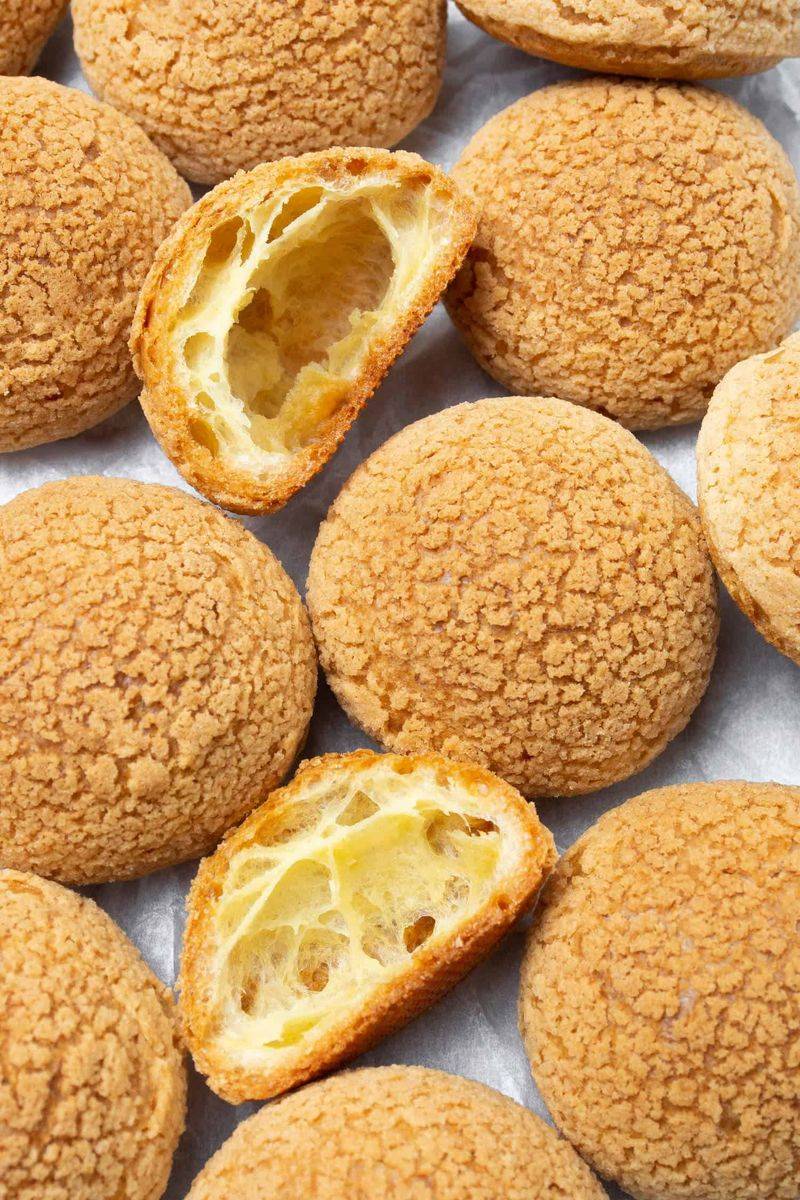
Regular cream puffs get a major upgrade with craquelin—a sweet, cookie-like topping that creates a crackled effect as the choux pastry rises. This textural contrast between the crisp top, airy pastry, and creamy filling is what pastry dreams are made of.
The craquelin topping (just butter, sugar, and flour) gets rolled thin and frozen, then cut into discs that crown each puff before baking. As the choux expands, the craquelin cracks dramatically, creating that signature pattern while adding sweetness and crunch.
15. Tarte Au Citron

Bright, bold, and unapologetically tangy, a proper French lemon tart balances sweet and sour in perfect harmony. The secret lies in using both zest and juice to capture every dimension of lemon flavor in the silky-smooth filling.
The pastry shell (pâte sucrée) should be sweet, crisp, and sturdy enough to contain the luscious filling without getting soggy. Blind baking is non-negotiable here—no one wants a raw bottom!
16. Mille-Feuille

“A thousand leaves” might oversell the actual layer count, but this classic certainly delivers on its promise of delicate, flaky sheets of puff pastry alternating with silky pastry cream. The contrast between crisp and creamy creates textural magic in every bite.
Store-bought puff pastry works perfectly fine here—the real technique lies in baking the pastry sheets flat (use a fork to prick all over and sandwich between parchment and baking sheets). Cut the finished pastry while still warm for clean edges without shattering.
17. Macarons
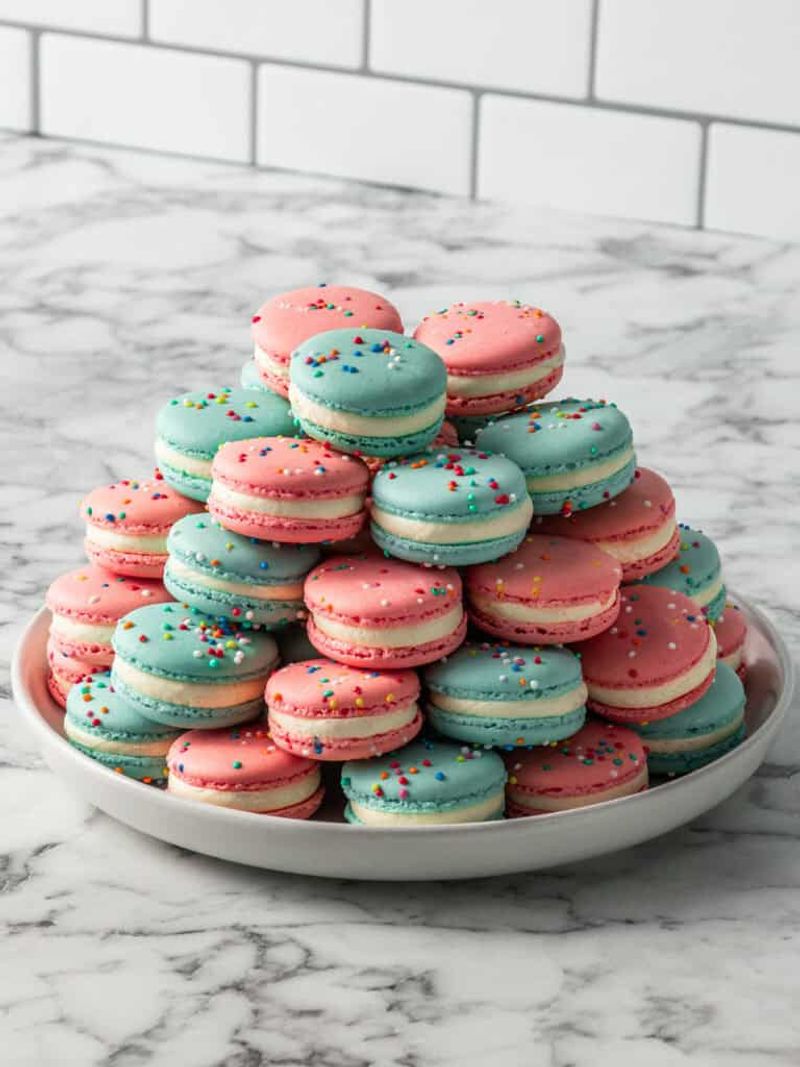
Not to be confused with coconut macaroons, these delicate almond meringue sandwiches have become the divas of the pastry world. Their reputation for difficulty is somewhat deserved—success depends on precise measurements, proper folding technique, and even weather conditions!
The secret to those signature “feet” (the ruffled edges at the base)? Aging egg whites, properly resting the piped shells before baking, and finding the exact right oven temperature for your kitchen.
18. Gâteau Basque
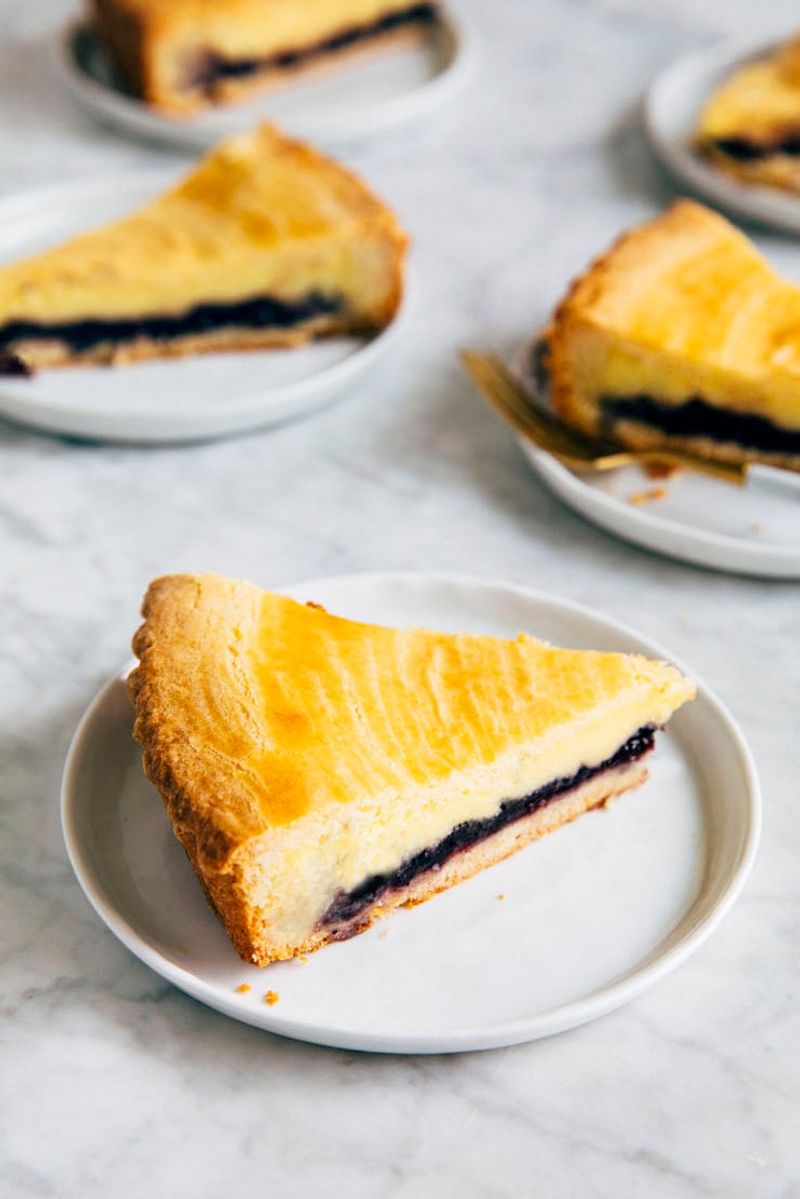
Hailing from the Basque region between France and Spain, this rustic tart-cake hybrid encloses black cherry jam or pastry cream within a buttery, cookie-like dough. The traditional crosshatch pattern scored on top isn’t just decoration—it identifies what’s inside (cream-filled ones typically have concentric circles instead).
The dough feels more like cookie dough than pastry—rich with butter and eggs, with a tender crumb that walks the line between cake and shortbread. It should be chilled thoroughly before rolling for best results.
19. Petit Fours
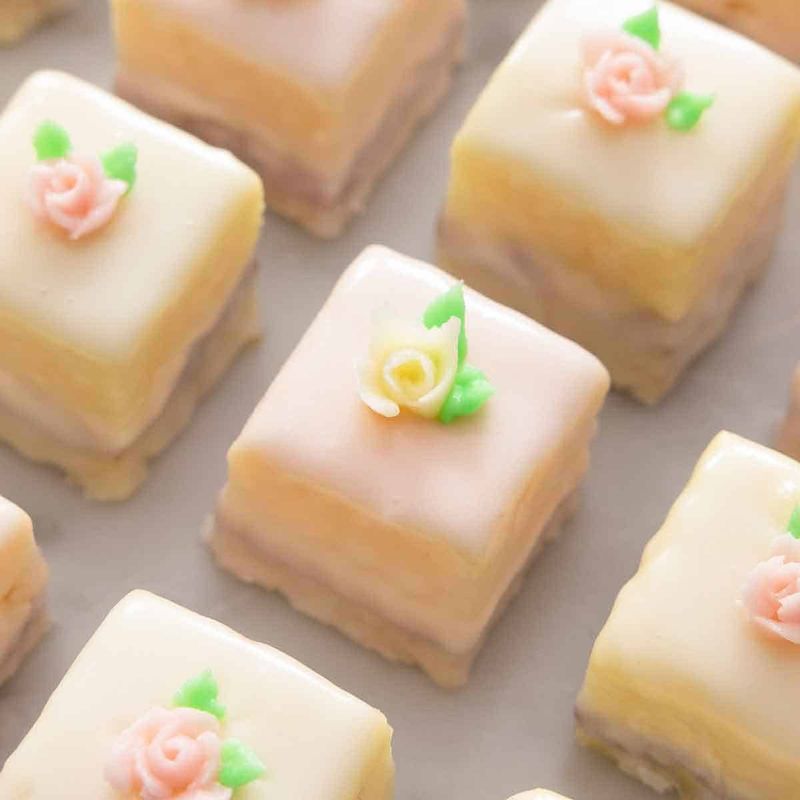
These miniature masterpieces transform simple cake into glamorous one-bite wonders. The name means “small oven” in French, referring to the low temperature used to dry out the fondant coating that gives them their glossy finish.
The base is typically genoise or almond cake, sliced horizontally and layered with jam or buttercream before being cut into perfect little squares or diamonds. Covering them with poured fondant requires a steady hand but creates that signature smooth finish.
20. Dacquoise
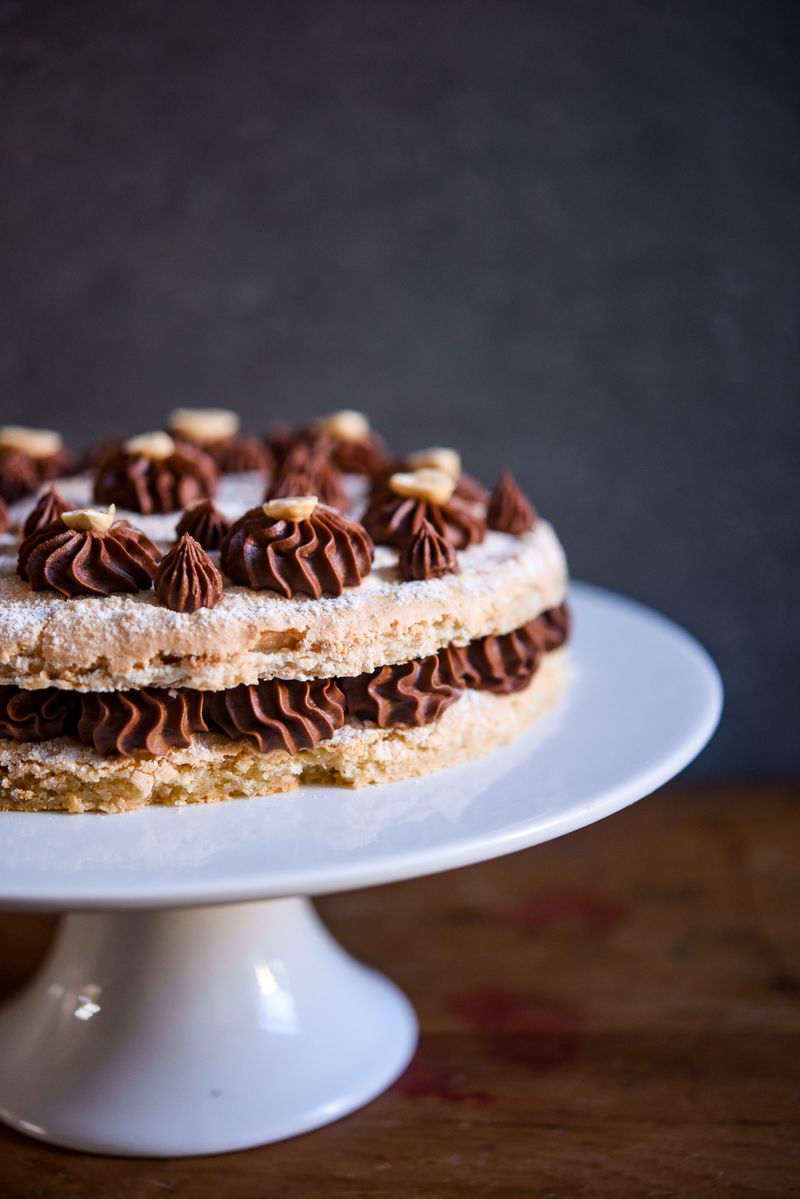
Imagine delicate discs of hazelnut or almond meringue layered with silky buttercream or whipped ganache—that’s dacquoise, a gluten-free wonder that predates the gluten-free trend by centuries. The contrast between crisp meringue and creamy filling creates textural fireworks.
Unlike plain meringue, dacquoise incorporates ground nuts that add flavor and prevent the meringue from becoming too brittle. The layers soften slightly as they absorb moisture from the filling, creating that melt-in-your-mouth quality that makes this dessert unforgettable.

